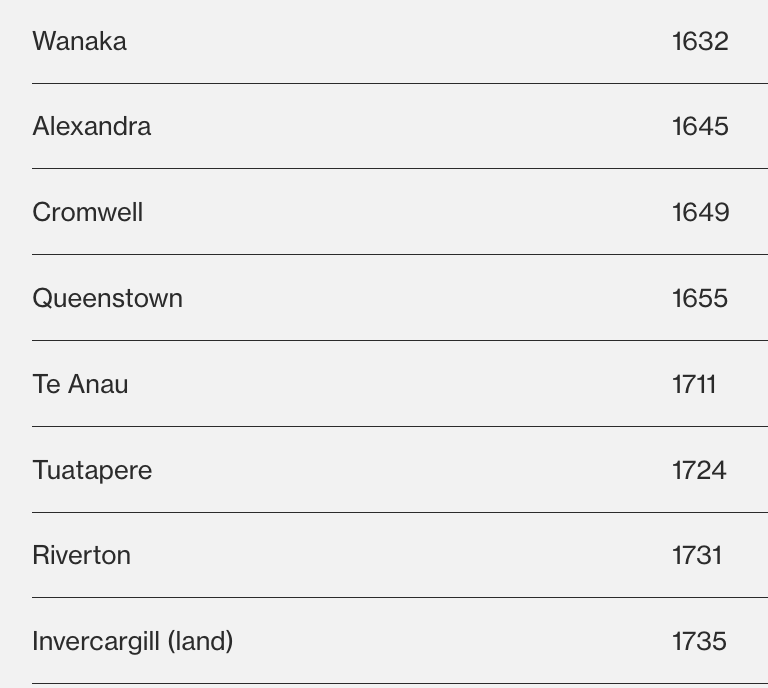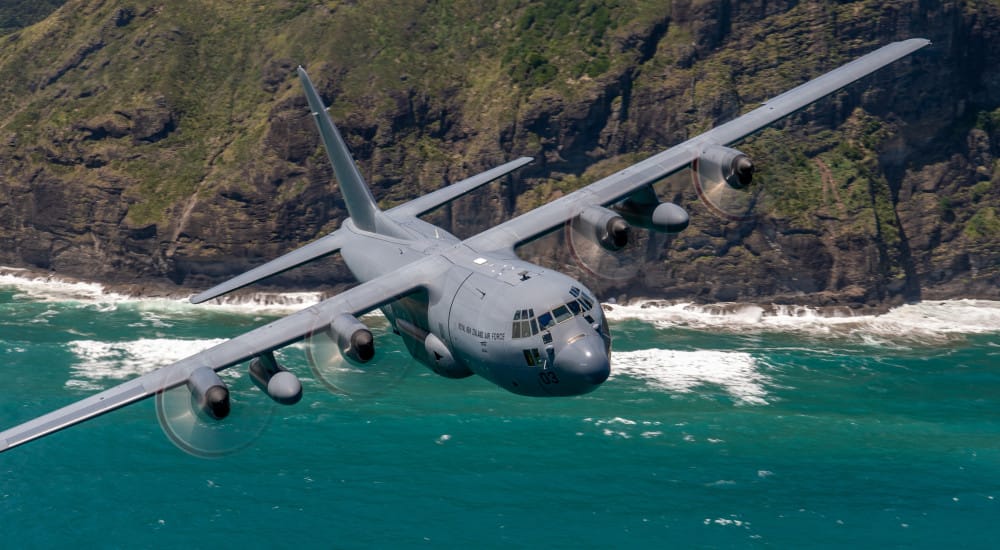- The RNZAF will retire its C-130H Hercules fleet after nearly 60 years of service.
- The aircraft played a key role in military, humanitarian, and disaster relief missions worldwide.
- A farewell flypast over New Zealand will mark the fleet’s final journey.
No. 40 Squadron of the Royal New Zealand Air Force (RNZAF) is preparing to say goodbye to its fleet of C-130H Hercules aircraft with a farewell flypast over the North and South Islands on 3 and 4 February 2025. The aircraft, known as the "workhorse of the skies," has served New Zealand for nearly 60 years, providing critical support in military and humanitarian operations.
The retirement of the C-130H Hercules signals the end of an era for the RNZAF as it transitions to a modern fleet of C-130J Super Hercules aircraft. These new aircraft offer improved efficiency, advanced avionics, and greater cargo capabilities, ensuring the Air Force remains ready for future missions.

Since entering service in 1965, the Hercules has been at the forefront of New Zealand’s military efforts and disaster relief operations. It has played a crucial role in humanitarian aid missions, search and rescue operations, and peacekeeping efforts across the Pacific, Antarctica, and beyond. The aircraft has delivered emergency supplies after cyclones and earthquakes and has supported defence operations in the Middle East.
The RNZAF’s decision to replace the ageing fleet was driven by increasing maintenance challenges and the need for enhanced performance. Over the years, the C-130H fleet clocked up 155,000 flight hours and completed 100,000 landings.
To mark the aircraft’s retirement, a final flypast will take place over major cities and regional towns. The flight on Monday, 3 February, will begin in Whenuapai, Auckland, before travelling down the North Island’s west coast and into the South Island, concluding in Invercargill.
The fleet’s history is filled with remarkable missions. These aircraft carried out Antarctic rescues in -35°C conditions, disaster response missions across the Indo-Pacific, and urgent evacuations such as the Kabul airlift in 2021. They played a role in combat zones and even unique transport missions, such as moving crocodiles and an elephant to wildlife reserves.
In one notable mission, the aircraft were involved in recovering victims from the Mt Erebus disaster in Antarctica. Another saw them evacuate 120 people from Banda Aceh after the 2004 Boxing Day Tsunami—one survivor even brought along a pet monkey.
Four of the retiring aircraft will be moved to RNZAF Base Woodbourne, while one will be preserved at the Air Force Museum in Wigram. The new C-130J-30 Hercules fleet, announced in 2020, will take over operations, ensuring the RNZAF continues its vital work with improved capability and reliability.
Over the years, the C-130H aircraft underwent several upgrades, with the most recent in 2005, which involved extensive avionics improvements and structural refurbishments. Despite these efforts to modernise, the time has come to transition to the next generation of air transport.
As the Hercules takes its final flight over New Zealand, it leaves behind a legacy of service, resilience, and extraordinary missions that have shaped the nation’s military and humanitarian efforts for decades.


